Wild, Not Trawled: Why How We Harvest Seaweed Matters
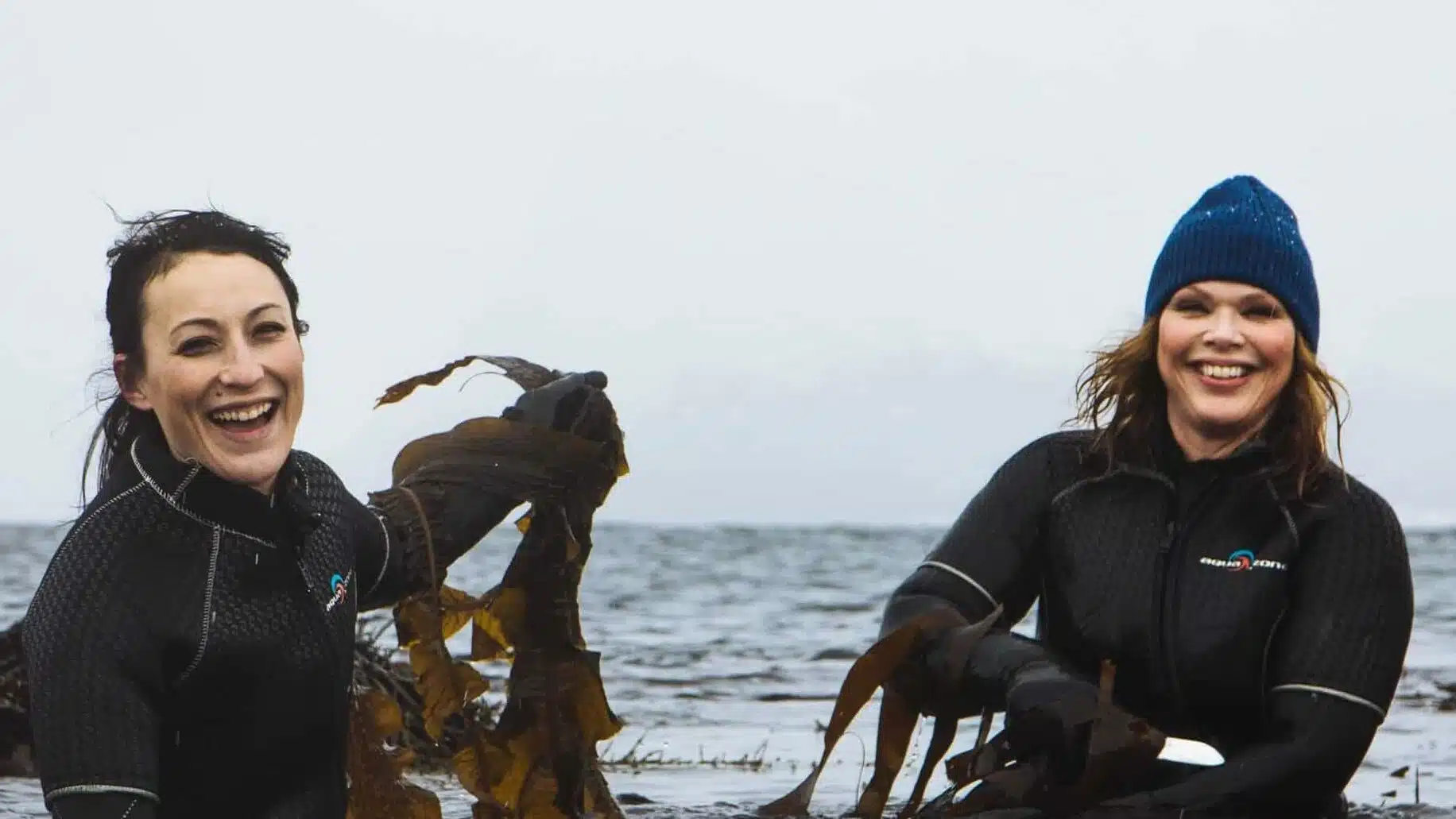
At Lofoten Seaweed, we often get asked: “What’s the difference between wild foraging and seaweed trawling?” The answer? Quite a bit — especially when it comes to sustainability, quality, and respect for the ocean.
Wild Harvesting: In Alignment with Nature
Our seaweed is hand-foraged (also known generally as harvested) from the clean, cold waters surrounding the Lofoten Islands. This method is gentle, deliberate, and based on working with nature, as the islanders have done since Viking times. We select only mature parts of the plant, cutting above the growth zone of the stalk, allowing the rest to regrow naturally. This ensures the ecosystem remains balanced and thriving, not just for seaweed but for fish, seabirds, and marine life that depend on healthy coastal zones.
We harvest with small boats, local knowledge, and a light footprint. We meticulously track where we forage, mapping each area and rotating our spots to ensure the environment remains intact and unchanged. It’s labor-intensive, yes — but it’s also regenerative, respectful, and incredibly rewarding.
Discover more about our sustainable harvesting methods and the types of seaweed we collect here.
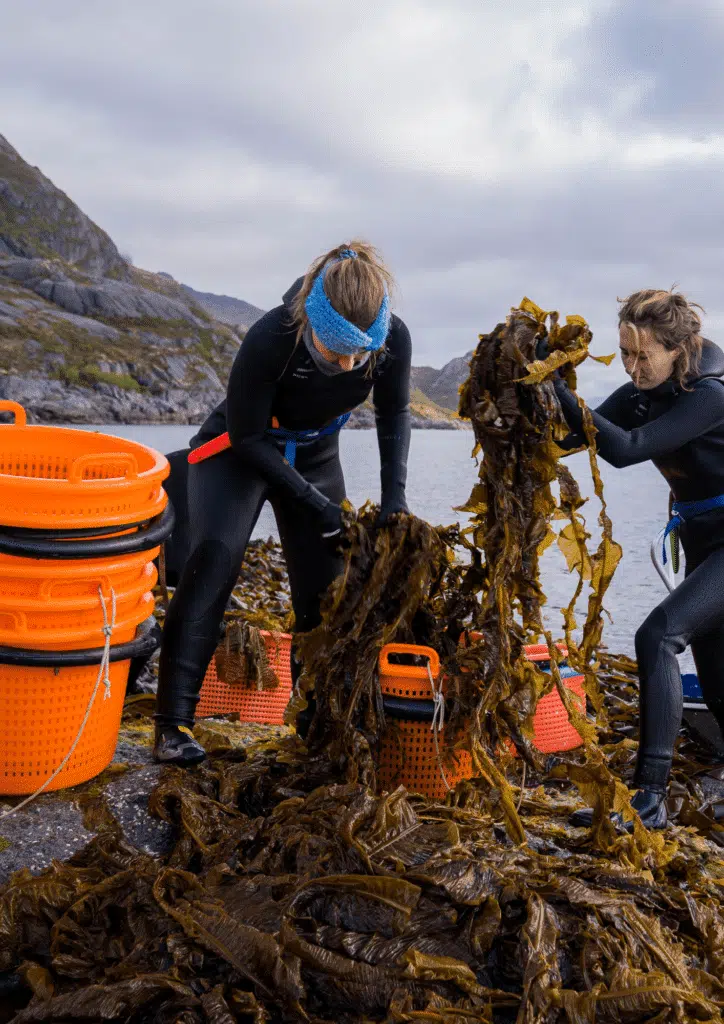
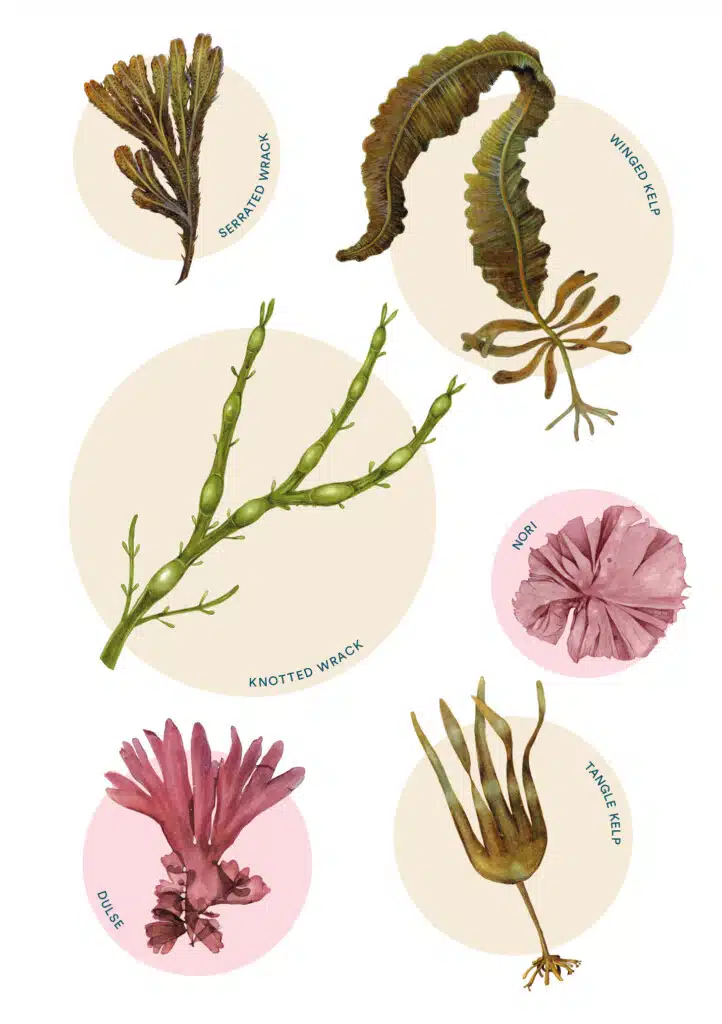
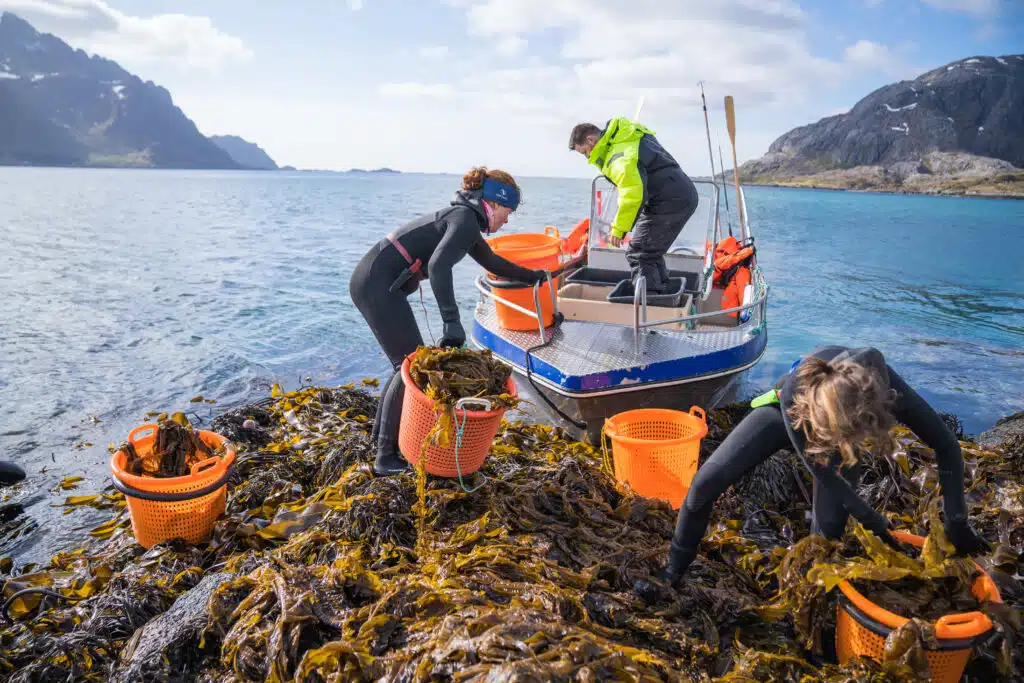
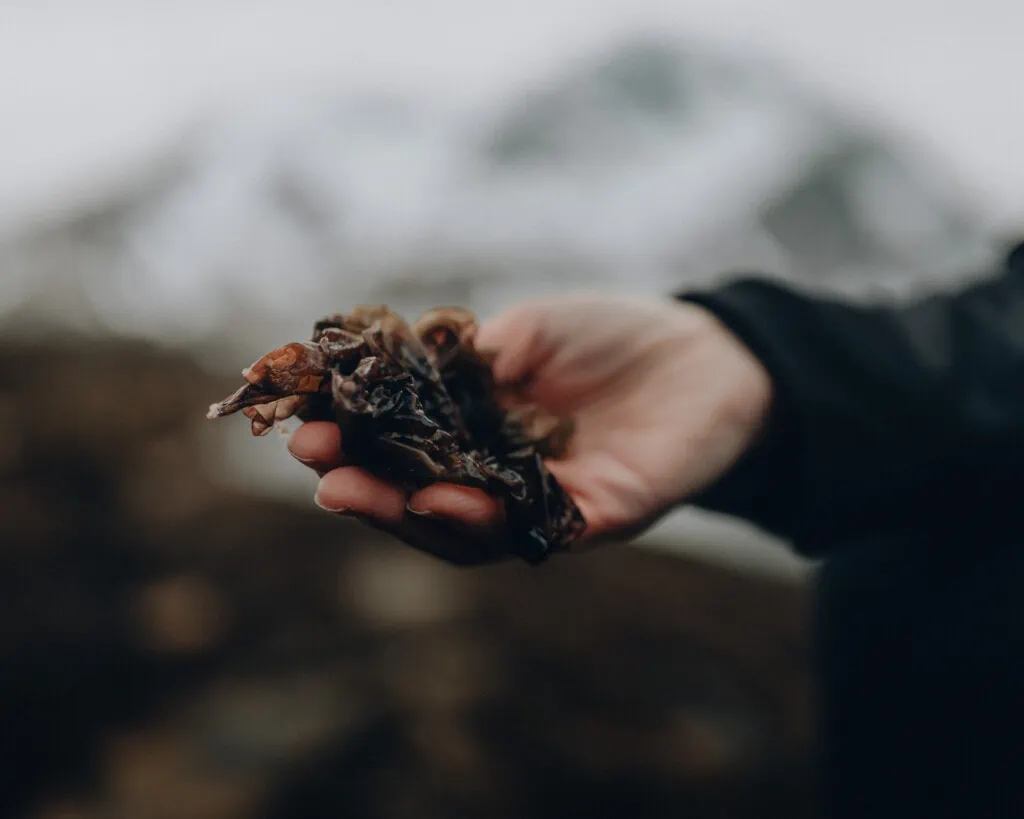
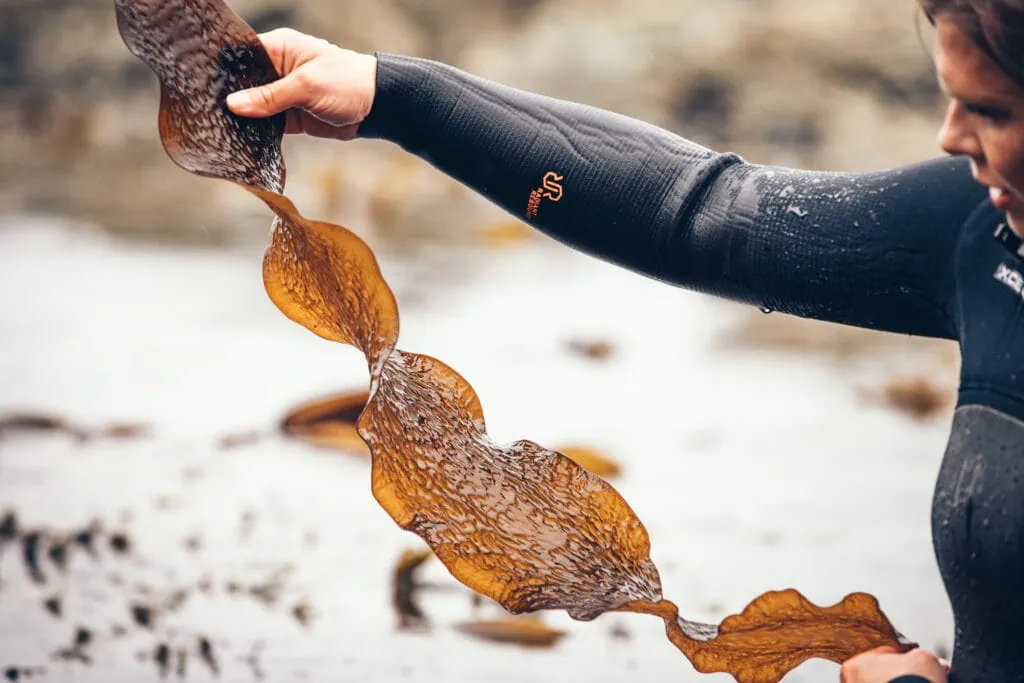
Trawling: The Industrial Shortcut
Trawling, on the other hand, involves large mechanical equipment that scrapes seaweed from the seabed, often uprooting entire plants and disrupting marine habitats in the process. While it’s efficient from a volume standpoint, it’s also far more damaging to delicate ecosystems and can lead to a reduction in biodiversity over time.
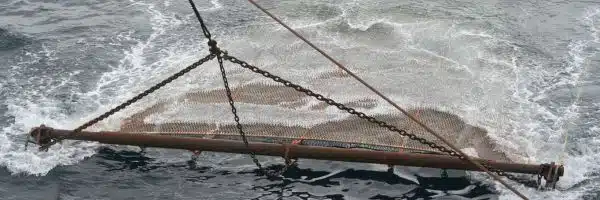
Trawled seaweed is often used in industrial applications, rather than for food. And while some trawlers operate with improved standards today, the risk of overharvesting and long-term environmental damage is much higher.
Why It Matters
When you choose seaweed from Lofoten Seaweed, you’re choosing a product that supports clean oceans, responsible harvesting, and local jobs. You’re also getting higher-quality seaweed that’s been handled with care from ocean to table, without ever touching the bottom of a dredge net.
The future of food should nourish both people and the planet. That’s why we focus on sustainable harvesting and respect for the part seaweed plays in the natural ecosystem.
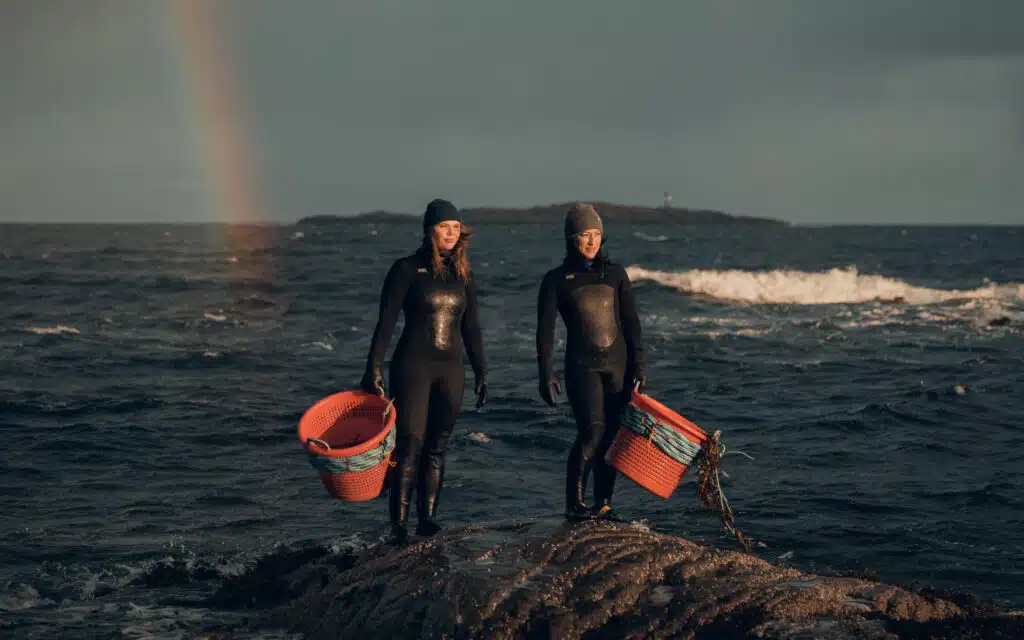
Pick Your Own Seaweed
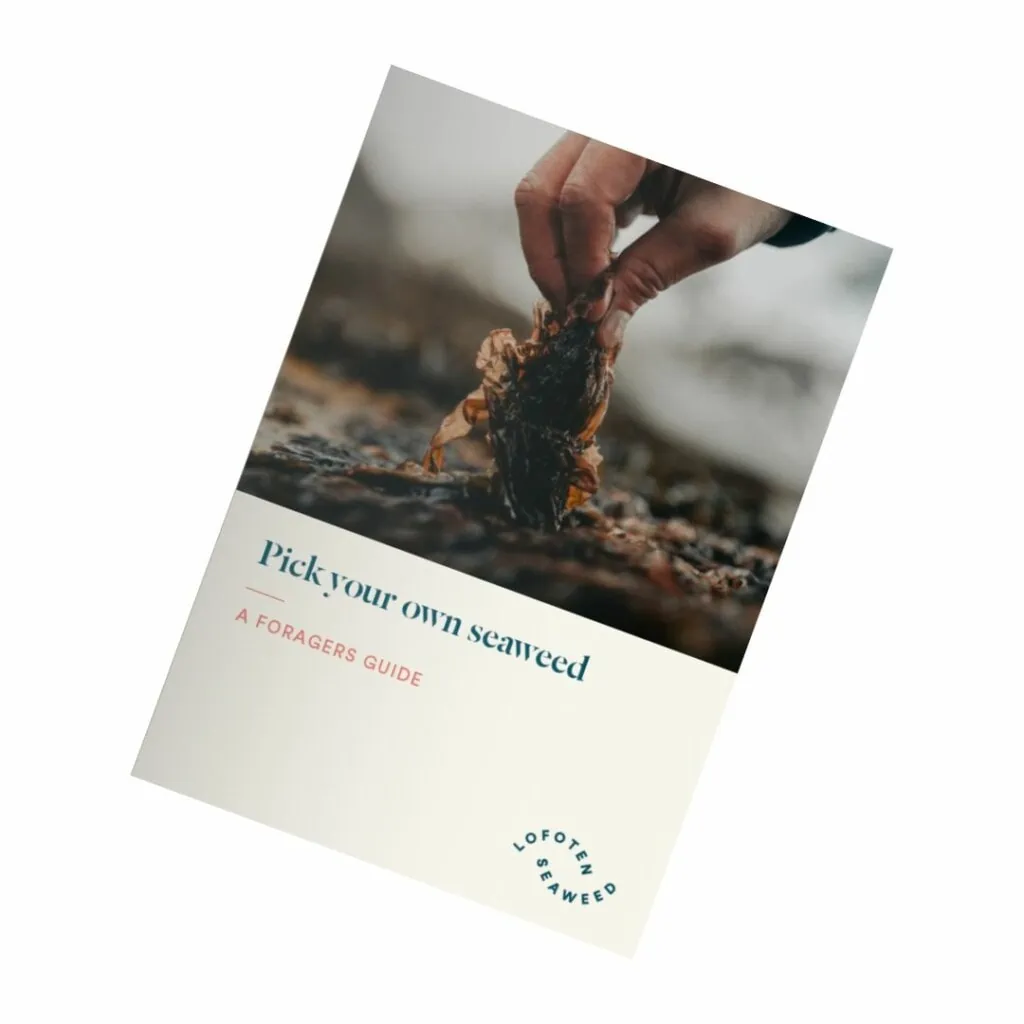
Have you seen our Lofoten Seaweed Foraging Guide? We emphasize sustainable harvesting practices and highlight the unique environment where seaweed thrives, particularly the Nappstraumen tidal current. This 21-page foraging guide is bursting with information on various types of seaweed, tips on drying your seaweed, and even a few recipes thrown in. It also features beautiful custom seaweed artwork and a selection of our favorite professional photographs that we’ve curated over the last six years. This booklet is for anyone who loves to forage, those who live by the coast, individuals who already appreciate seaweed, and those seeking a new hobby.